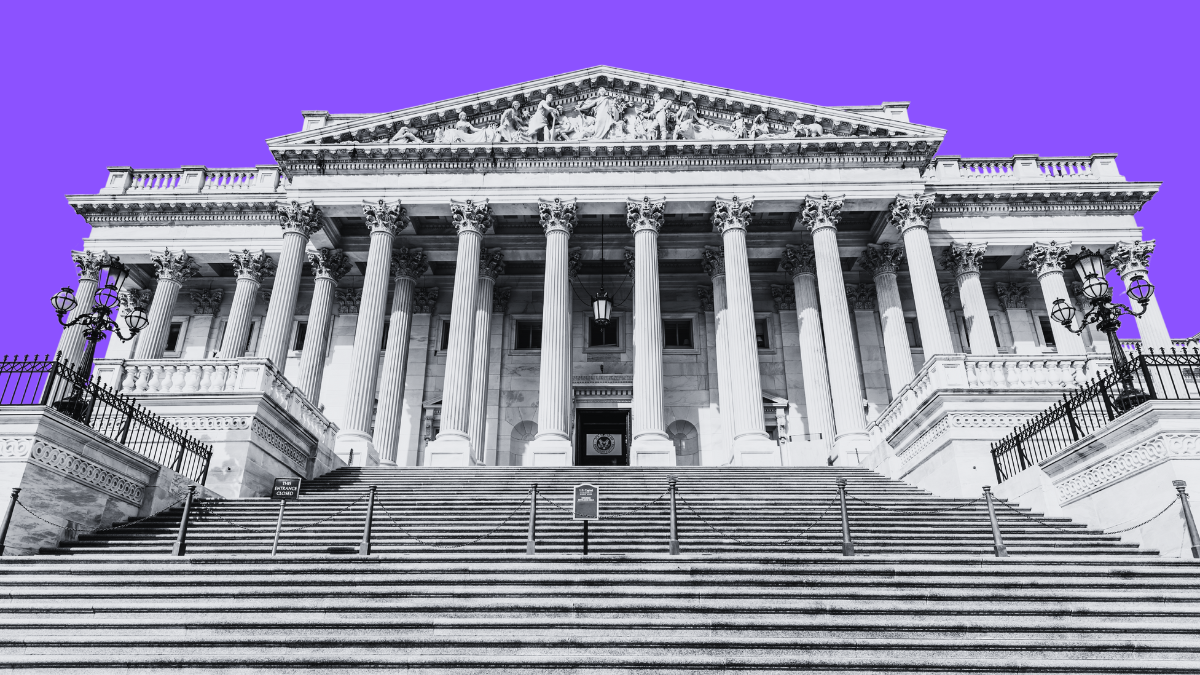
California’s legislature is trying, yet again, to bring back racial preferences in college admissions. Never mind that its residents overwhelmingly approved a ban against such discrimination in a referendum. If lawmakers succeed, they will penalize Chinese Americans, a growing force in the state. So why such dogged determination that could backfire politically?
Several forces are at work here. One is that without such inducements as the racial preferences of affirmative action, the whole structure of identity politics eventually collapses. Those who are intent on transforming America’s institutions, culture, and economic system need to preserve the division of society into antagonistic groups.
Anathema to them is the ability of people of any race to succeed individually. The interest of the purveyors of identity politics is to replace the American narrative — which they dub “hegemonic” — with a counter-narrative, which is anti-capitalist and anti-individual rights.
Identity Politics Is More Important than Votes
So people have to be suborned to stay within the confines of their groups and rise collectively in a way that replaces America’s structures. Nobody can be co-opted into the American narrative.
The ultimate political goal of making America more collectivist, and making Americans less reliant on individual striving and more dependent on government, is paramount. It trumps the loss of some votes here and there. This is especially the case if such erosion of support can be minimized by “Asian American” affinity groups, such as Asian Americans Advancing Justice (AAJC), which pushes racial preferences.
This is what is behind such a naked power push in the middle of a pandemic. Chinese Americans, however, have for a decade now become a force in the fight against racial preferences, standing up real grassroots groups that threaten the monopoly of organizations such as AAJC.
For that, they have relied on mass protests in Boston, conferences in Washington, government hearings in Hartford, and organizing efforts in California. Will coronavirus lockdowns stymie the work of these grassroots groups?
The signs are good. Californians of all colors who understand what is at stake are organizing online and through Zoom meetings to ensure the legislature does not revoke Proposition 209. In 1996, Californians passed that resolution banning the use of race, ethnicity, or sex in university admission selections with a comfortable 10 percent margin.
Prop 209 Encountered Legal Challenges — Which All Failed
No sooner had Prop 209 been approved by Golden Staters that it began to face legal challenges. It survived all of them, with the California Supreme Court finding twice that the ban was constitutional. Even the famously liberal 9th Circuit Court of Appeals overturned a ruling against it by a lower court.
Over the past decade, state Rep. Edward Hernandez led several efforts to defang Prop 209, all of which met with defeat. The most serious came in 2014, when the state Senate passed an amendment doing just that, but Hernandez withdrew the bill in the face of opposition by Chinese Americans.
Gail Heriot, a University of San Diego law professor who co-chaired the Yes on Proposition 209 campaign in 1996, says these same groups are leading the charge against the latest effort, ACA-5, which introduces an amendment to get rid of Prop 209’s anti-discrimination provisions. “Not surprisingly, many of these same organizations are now gearing up to fight the repeal bill — ACA-5. An online petition has already fetched over 26,000 signatures,” Heriot wrote.
Racial Preferences Harm Asian Americans
Americans of Chinese descent have organized over racial preferences because these cause universities to discriminate against their children in the admission process. University administrators do this in the name of diversity, because Chinese Americans and Americans of Korean, Indian, and some other Asian origins do better academically and on standardized tests on average.
One reason is that, on average, they have lower rates of divorce and out-of-wedlock births, and prioritize academics, doing more hours of homework per week than Americans of other origins. As I wrote last year, “Reams of studies show that students with a mom and dad at home do best.”
Artificially diversifying universities through quotas does not help, therefore, to close what is a very real racial achievement gap in education. What might help instead is public and private schools teaching what is known as the success sequence, the reality that if someone graduates high school, gets a job, marries, and only then has kids, he or she is highly unlikely to become poor.
But that is not what the purveyors of identity politics want. In my upcoming book, “The Plot to Change America,” I explain how when activists and government bureaucrats were creating the Hispanics category in the 1970s, they wanted a “collective definition of the Mexican Americans as a minority.”
For group adherence, you need to suborn people. In my book, I recount a 2015 Census Bureau meeting on creating the MENA category (for Middle East North Africa) for the Census, an effort that ultimately failed. In the midst of a discussion on how there was no clamor for the category amid grassroots Arab Americans, Khaled Beydoun, a law professor from Detroit who was in attendance, explained:
Maybe there might not be considerable buy-in immediately after the classification is framed and adopted. But there’s a cascading effect, right? These classifications are going to be adopted on college applications, on employment forms. … And when that happens, and people tie in ticking that classification with a specific interest, then there’s going to be buy-in.
This is why racial preferences must be fought over again and again, to preserve a system that seeks to overthrow what Antonio Gramsci and his successors called the “hegemonic narrative” — the America you and I know — and to put something else in its place.








